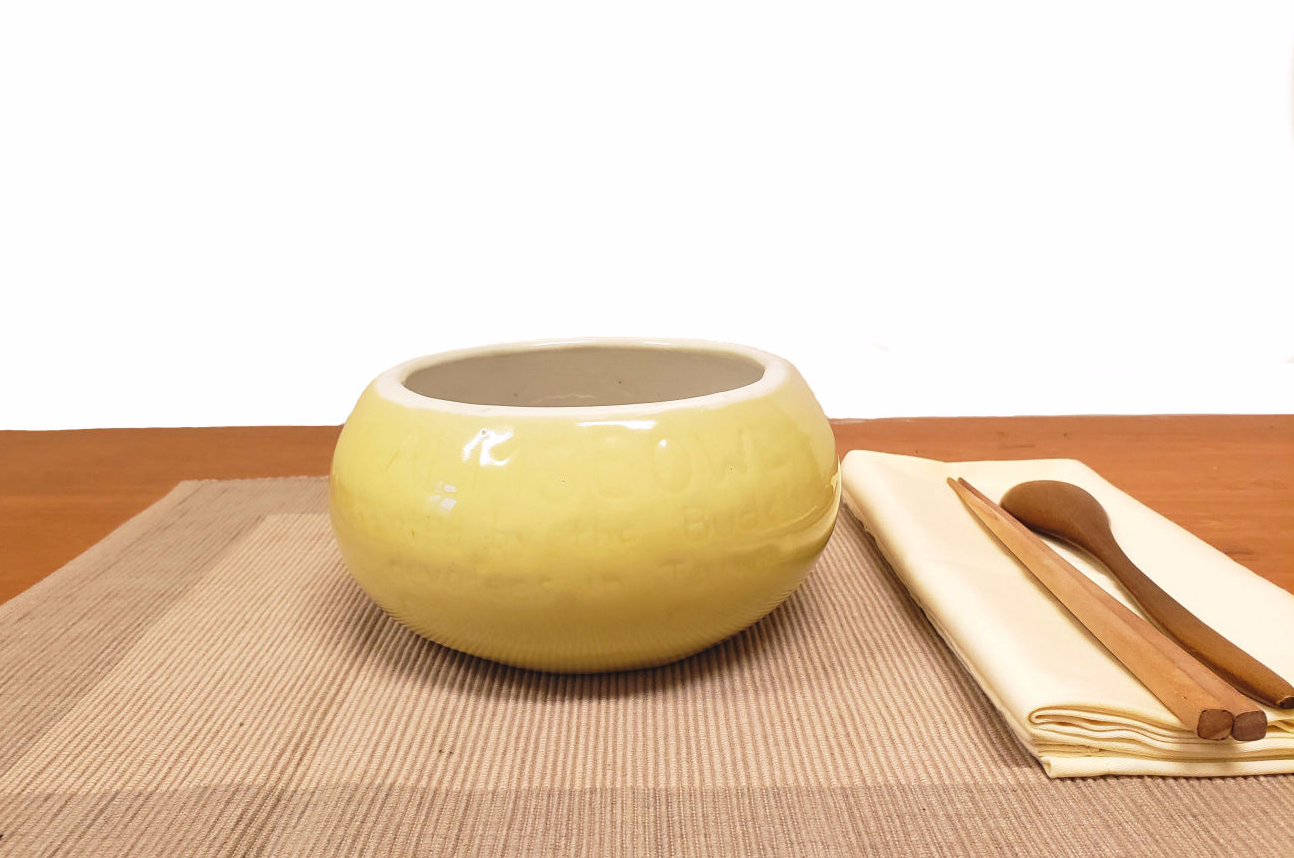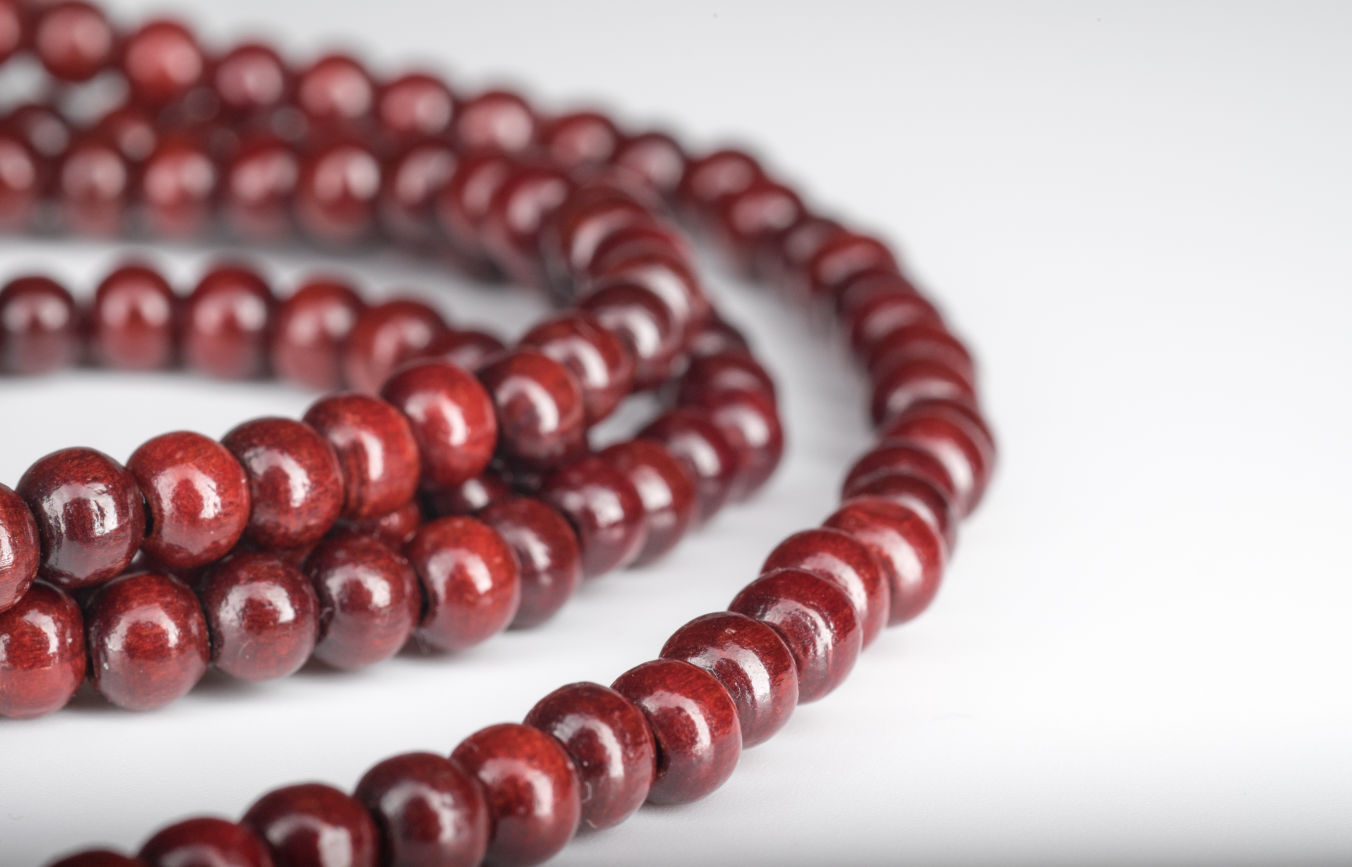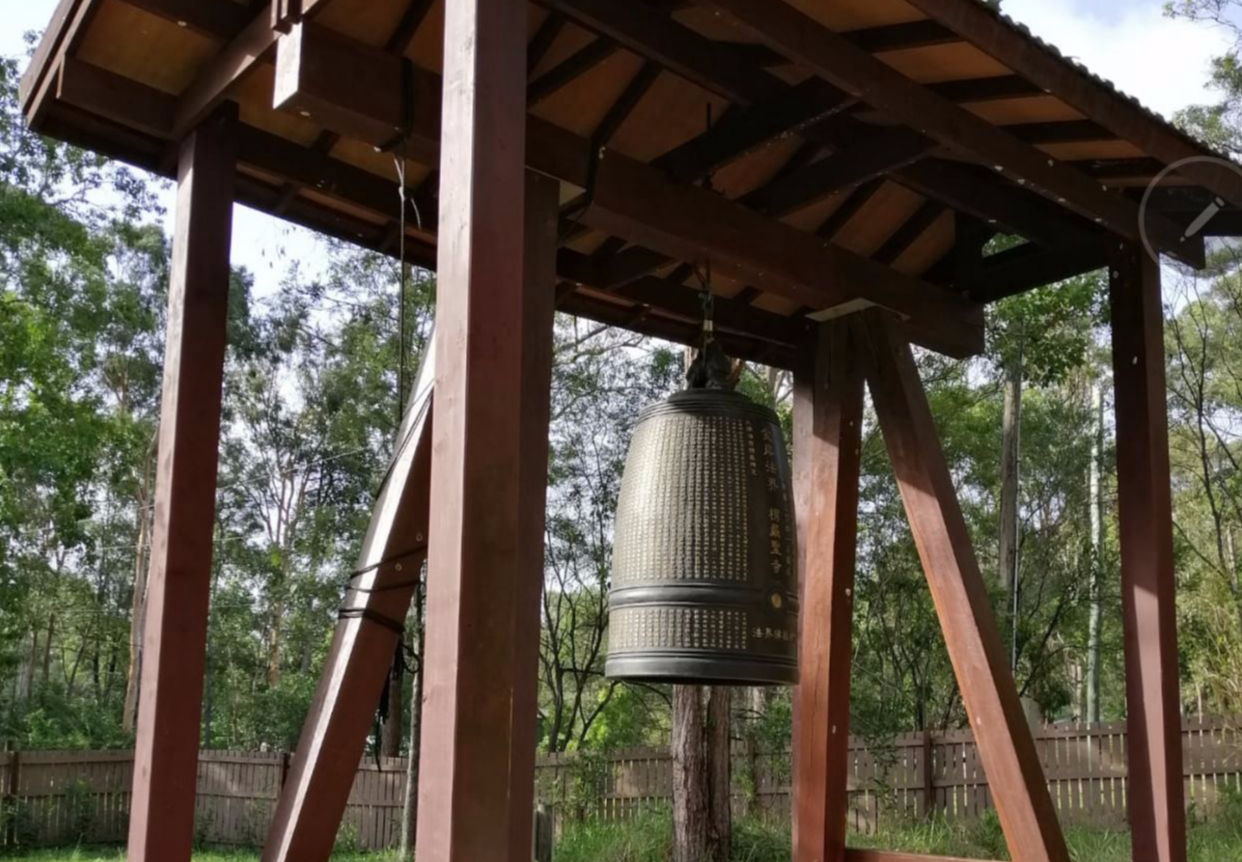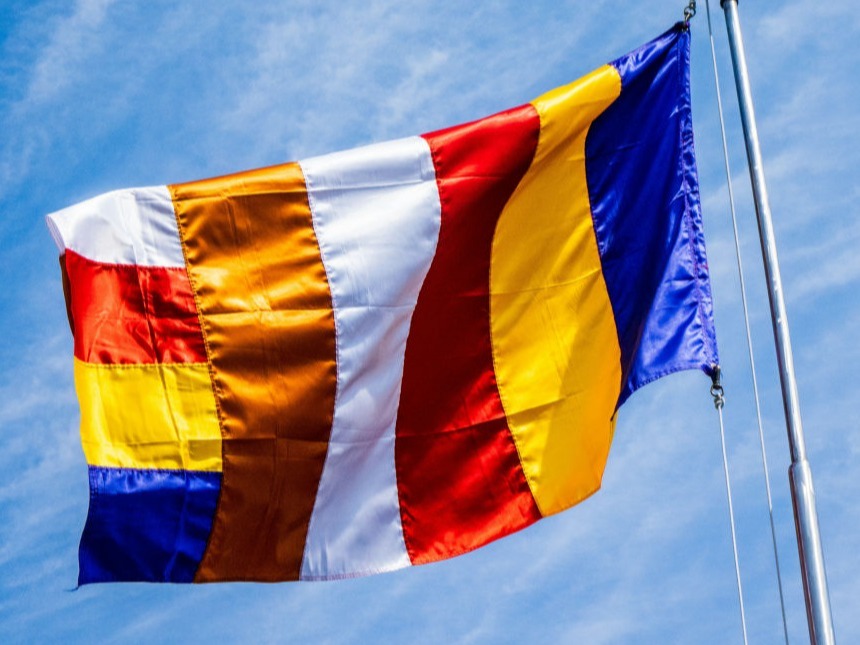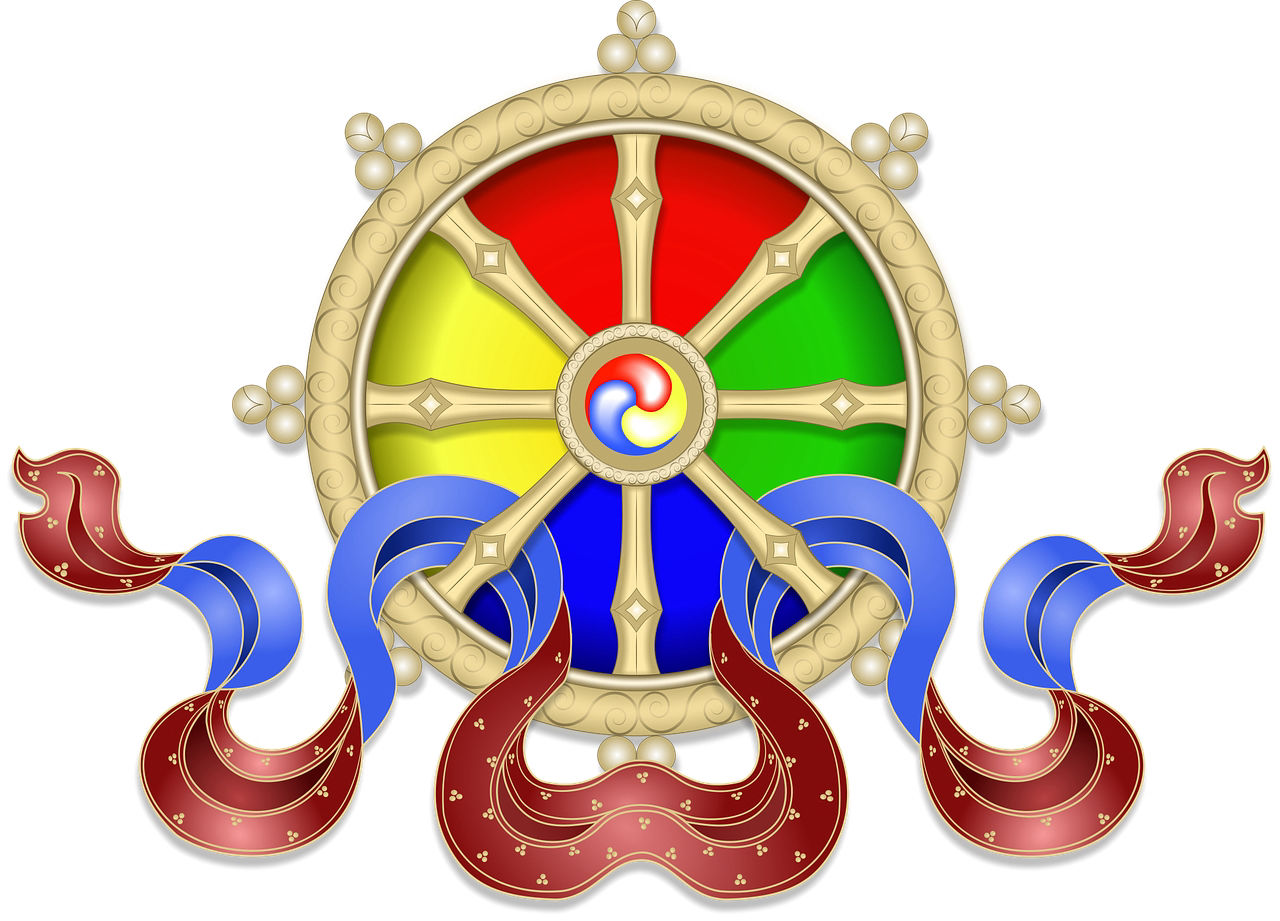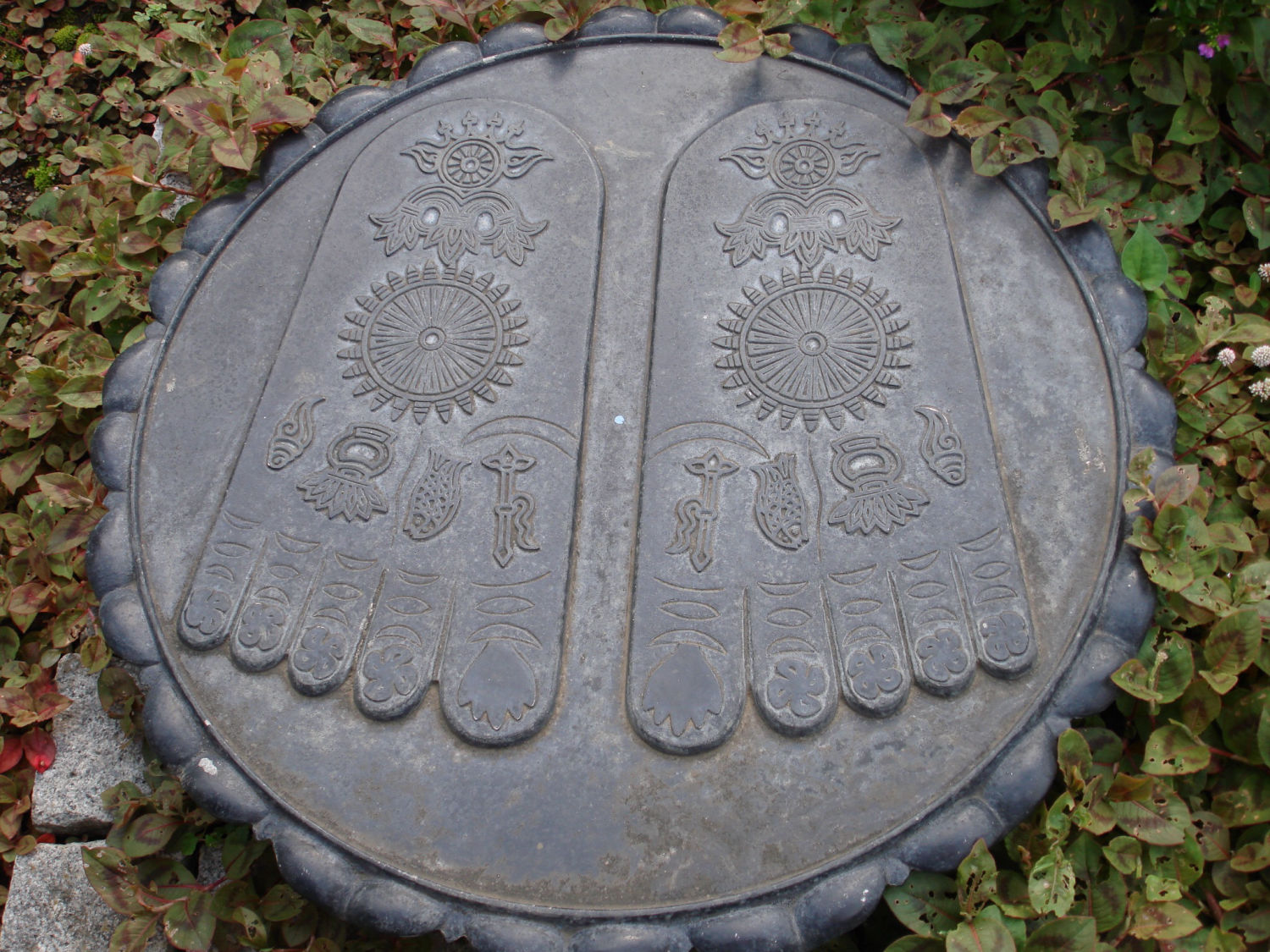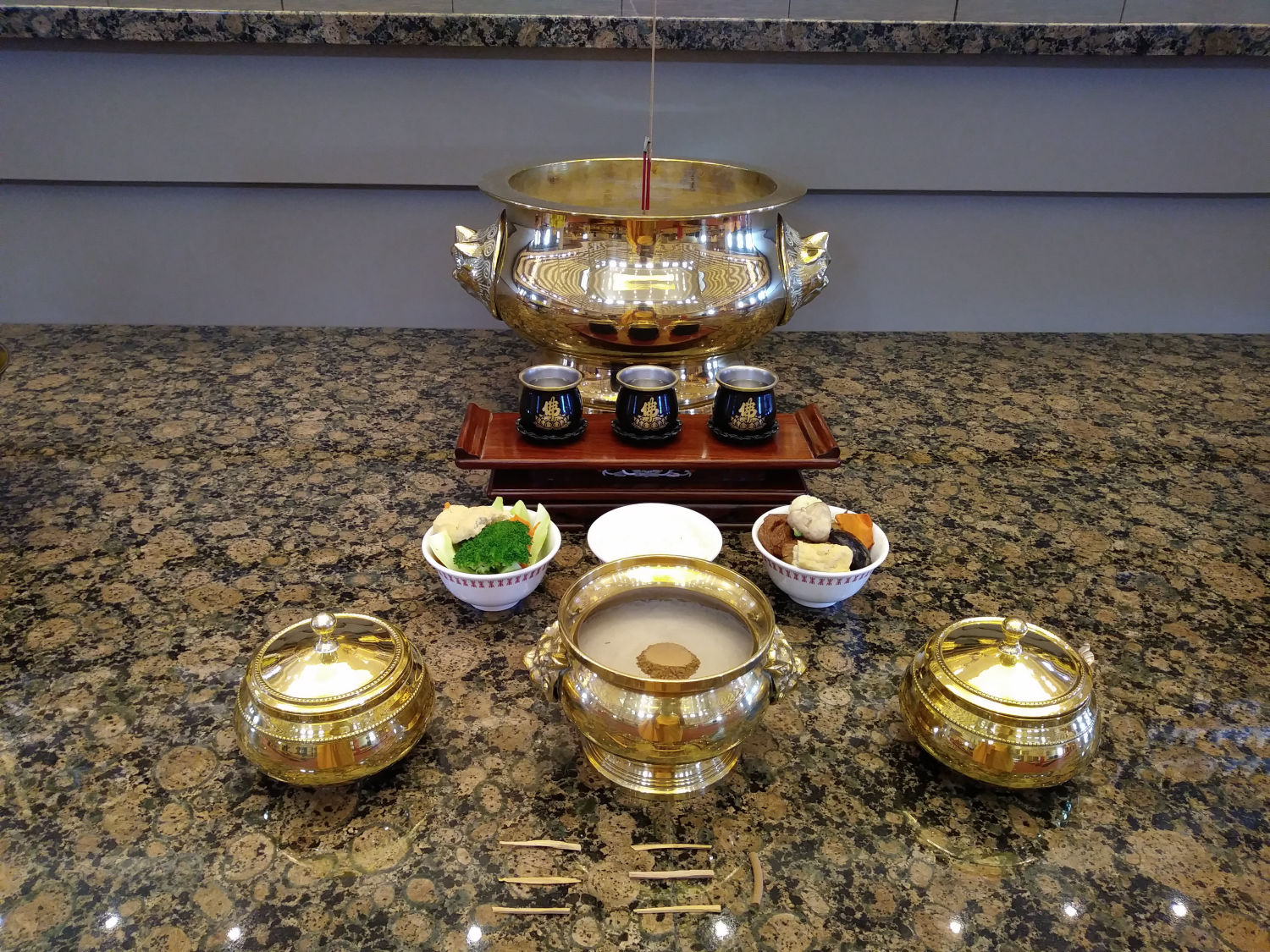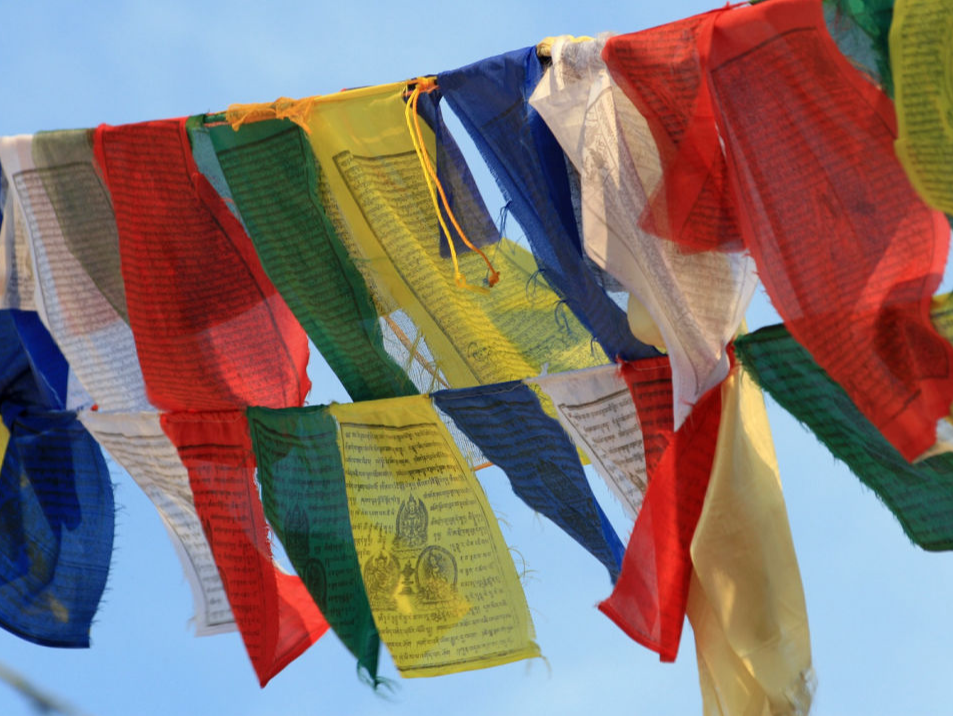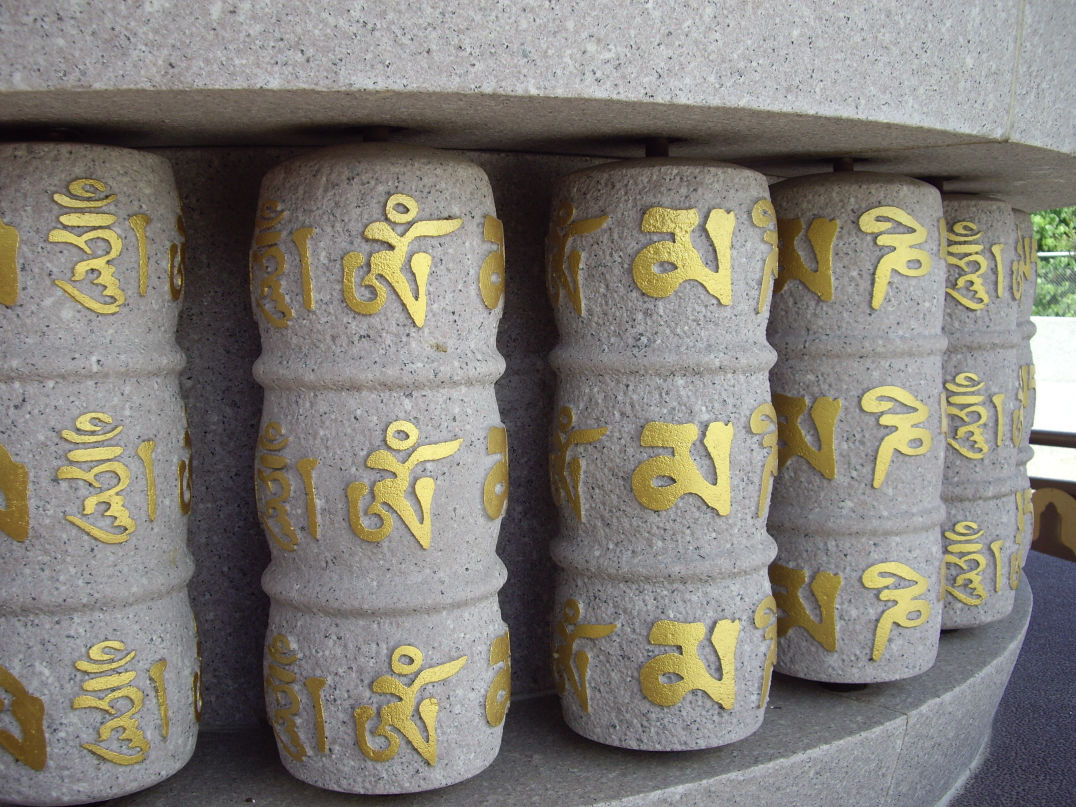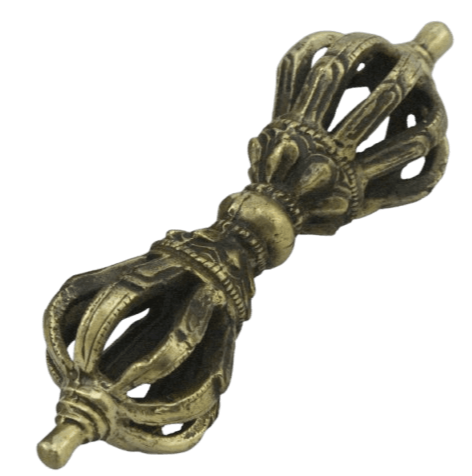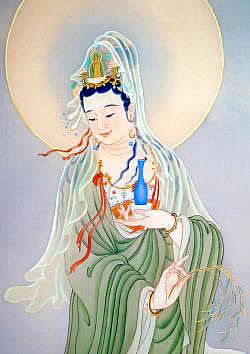Alms bowl
The alms bowl is one of the primary symbols in monastic life. Every monk and nun receives a bowl when they are initiated and carry it with them everywhere they go. They accept whatever food is offered for their nourishment and serve as a blessing for the giver. In this way, the bowl symbolizes the Middle Way between the giver and receiver.
According to legend, the aesthetic Siddhartha practiced austerities until he was near starvation. A young woman offered him a golden bowl full of rice and milk, which he took. After eating, he threw the bowl into the river, as a symbol of renunciation. This story symbolizes another aspect of the Middle Way, which is to avoid extreme practices and extreme attachments.
